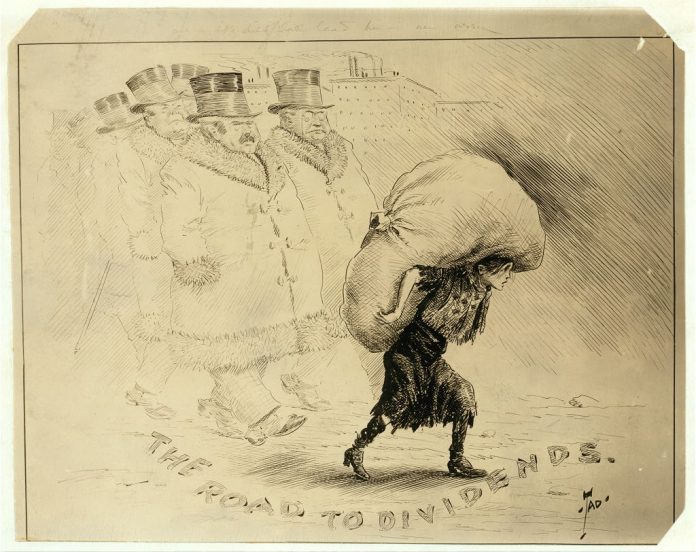A Draft Labour Code on Social Security & Welfare has been proposed by the Union Labour Ministry to provide social security cover to nation’s entire workforce, including both agricultural workers and self-employed.
Draft Labour Code: Key Features
- The draft code will cover every working person of the country whether he/she belongs to the unorganized or organized sector in the nation under it.
- Under the draft code, both self-employed and agricultural workers will be covered. It even calls factories employing single worker to contribute towards the social security benefits.
- The code will cover any shop, factory, plantation, mine, charitable organizations and establishments or households that employ fixed-term, casual, part-time, apprentice, informal, home-based and domestic workers.
- If any of the listed factories or establishments fail in contributing towards the workers’ social security schemes, they will be responsible for paying compensation.
- The draft code also covers households employing domestic workers and requires them to contribute towards the social security scheme, including provident fund and gratuity for the worker.
- All the entities, be it household or factories are required to register their workers through an Aadhaar-based registration system.
- The draft code has also proposed a National Social Security Council (NSSC), which will be chaired by country’s Prime Minister for streamlining and making policy on social security schemes related to all Indian Ministries. The members of the NSSC will include Union Labour Minister, Finance Minister, Health & Family Welfare Minister along with representatives of employees and employer.
- The NSSC will monitor the implementation of social security schemes, co-ordinate between state and central governments, regulate the funds that are collected under social security schemes.
- Under the proposed code, the government will confiscate the government Social security benefits that are unclaimed for five years after they become due to the worker.











































